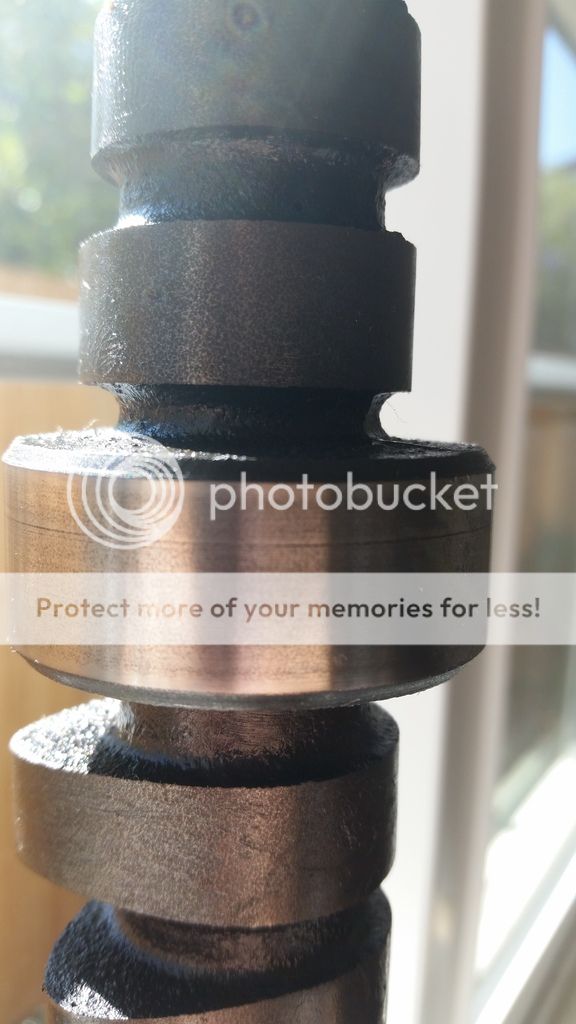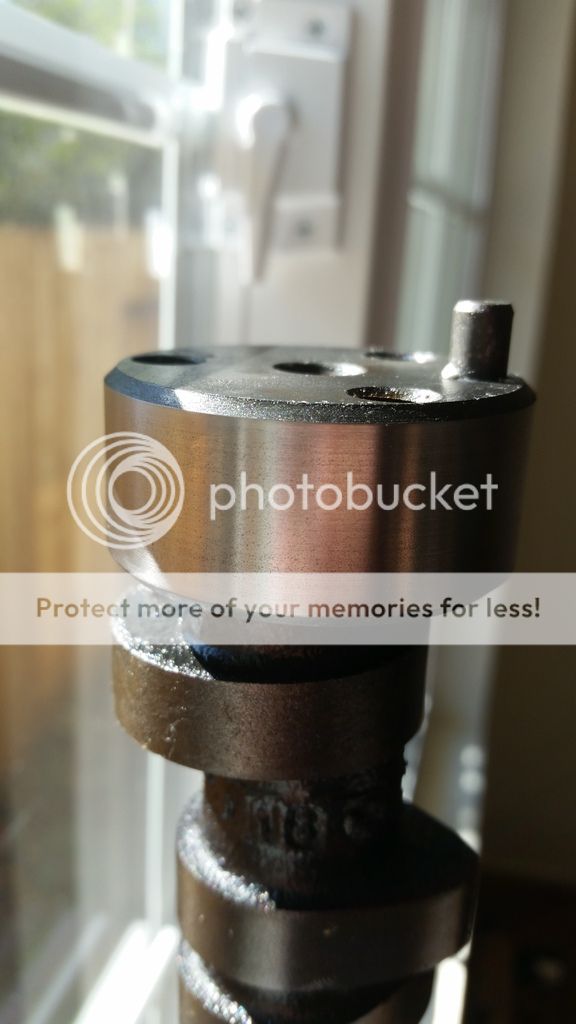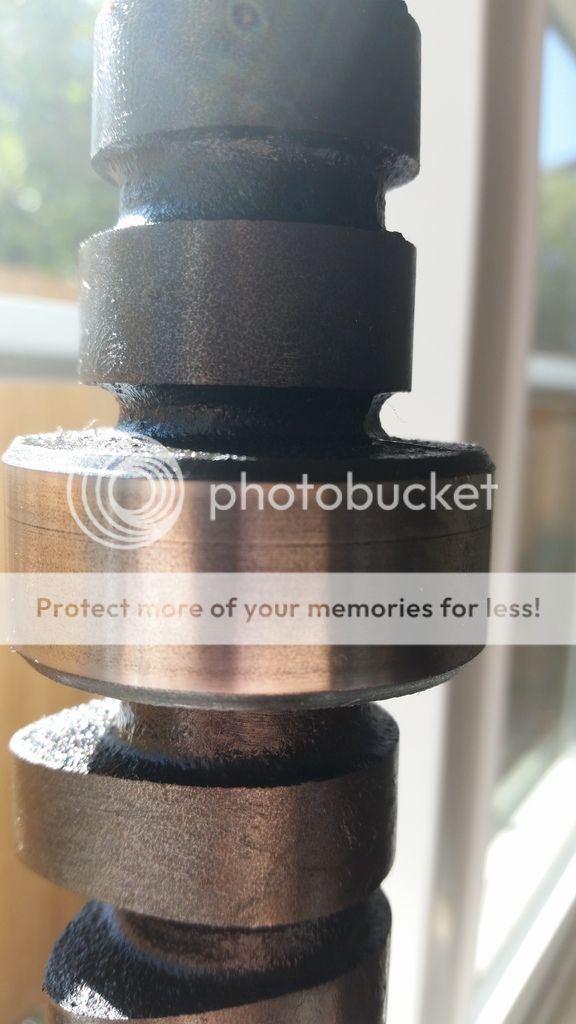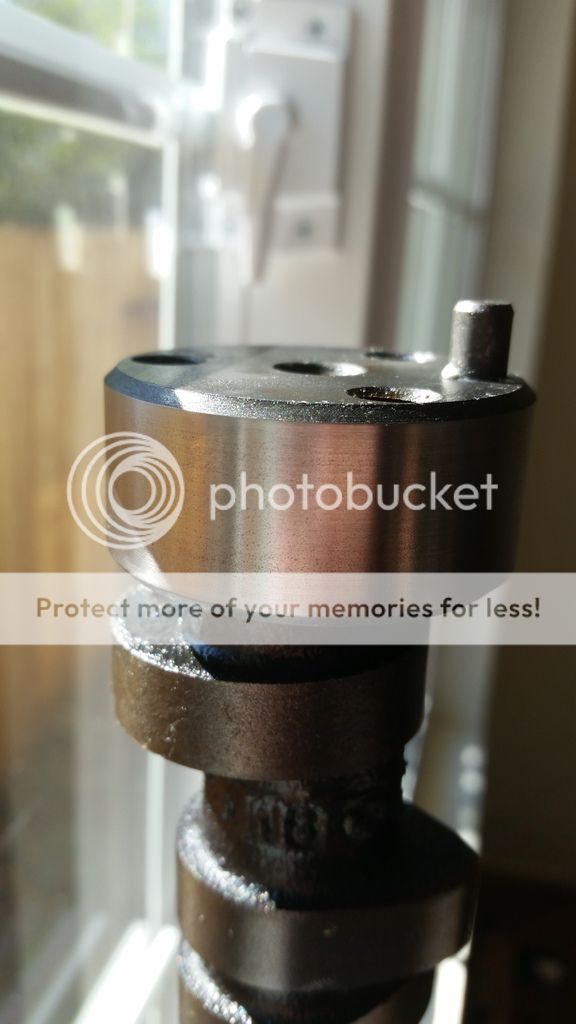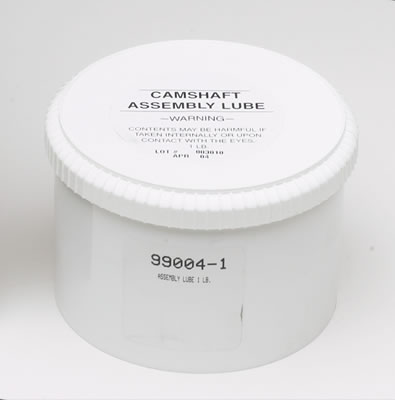if youve used the moly assembly grease on the lobes and lifter bases, youll be fine with any of these oils
1. 5W30 Pennzoil Ultra, API SM =
115,612 psi
I have not been able to find this oil with the latest API SN certification. The bottle says, “No leading synthetic oil provides better wear protection . For once, a product hype turns out to be true.
zinc = 806 ppm
phos = 812 ppm
moly = 66 ppm
2. 10W30 Lucas Racing Only =
106,505 psi
zinc = 2642 ppm
phos = 3489 ppm
moly = 1764 ppm
NOTE: This oil is suitable for short term racing use only, and is not suitable for street use.
3. 5W30 Mobil 1, API SN =
105,875 psi
zinc = 801 ppm
phos = 842 ppm
moly = 112 ppm
4. 0W30 Amsoil Signature Series 25,000 miles, API SN =
105,008 psi
zinc = 824 ppm
phos = 960 ppm
moly = 161 ppm
******* 10% below number 1 = 104,051 psi ********
5. 10W30 Valvoline NSL (Not Street Legal) Conventional Racing Oil = 103,846 psi
zinc = 1669 ppm
phos = 1518 ppm
moly = 784 ppm
NOTE: This oil is suitable for short term racing use only, and is not suitable for street use.
6. 5W50 Motorcraft, API SN = 103,517 psi
zinc = 606 ppm
phos = 742 ppm
moly = 28 ppm
7. 10W30 Valvoline VR1 Conventional Racing Oil (silver bottle) = 103,505 psi
zinc = 1472 ppm
phos = 1544 ppm
moly = 3 ppm
8. 10W30 Valvoline VR1 Synthetic Racing Oil, API SL (black bottle) = 101,139 psi
zinc = 1180 ppm
phos = 1112 ppm
moly = 162 ppm
9. 5W30 Chevron Supreme conventional, API SN = 100,011 psi
This one only costs $4.29 per quart.
zinc = TBD
phos = TBD
moly = TBD
10. 5W20 Castrol Edge with Titanium, API SN = 99,983 psi
zinc = TBD
phos = TBD
moly = TBD
titanium = TBD
11. 20W50 Castrol GTX conventional, API SN = 96,514 psi
zinc = 610 ppm
phos = 754 ppm
moly = 94 ppm
12. 30 wt Red Line Race Oil = 96,470 psi
zinc = 2207 ppm
phos = 2052 ppm
moly = 1235 ppm
NOTE: This oil is suitable for short term racing use only, and is not suitable for street use.
13. 0W20 Mobil 1 Advanced Fuel Economy, API SN = 96,364 psi
zinc = TBD
phos = TBD
moly = TBD
14. 5W30 Quaker State Ultimate Durability, API SN = 95,920 psi
zinc = 877 ppm
phos = 921 ppm
moly = 72 ppm
15. 5W30 Castrol Edge with Titanium, API SN = 95,717 psi
zinc = 818 ppm
phos = 883 ppm
moly = 90 ppm
titanium = 44 ppm
16. 10W30 Joe Gibbs XP3 Racing Oil = 95,543 psi
zinc = 743 ppm
phos = 802 ppm
moly = 1125 ppm
NOTE: This oil is suitable for short term racing use only, and is not suitable for street use.
READ THE LINKED INFO POSTED IN THE THREADS BELOW
http://garage.grumpysperformance.com/index.php?threads/breaking-in-a-cam.798/#post-1160
http://garage.grumpysperformance.com/index.php?threads/cam-break-in-procedure.130/#post-728
http://garage.grumpysperformance.co...-wear-articles-you-need-to-read.282/#post-345